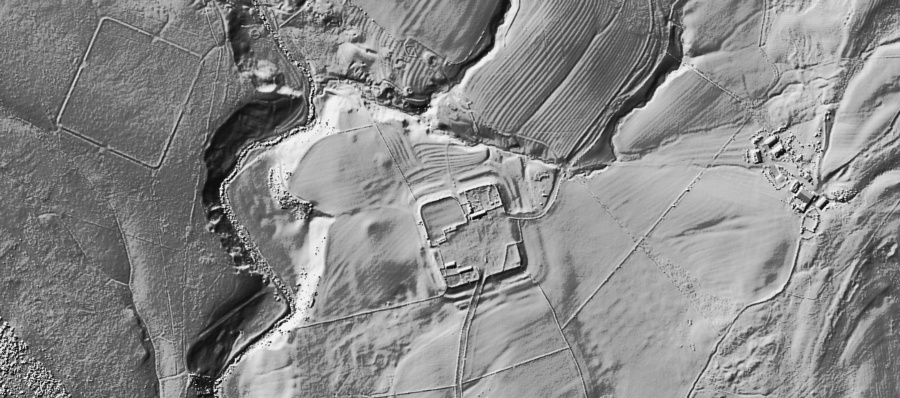One of five Roman outpost stations beyond Hadrian’s Wall, the Roman fort at High Rochester (known to the Romans as ‘Bremenium’) dates back to the first century AD and was for two centuries the northernmost fort of the Roman Empire. It was the most important outpost north of Hadrian’s Wall, providing warning of attacks from the north and guarding both Dere Street, the Roman’s easterly route into Scotland, and another road running east to join the Devil’s Causeway.
It sits within a landscape of temporary marching camps, the remarkable Petty Knowes Roman cemetery and the major roman road of Dere Street. It commands a high point in the valley and existed within a wider landscape of “native” Romano-British settlements and farmsteads. There is evidence that the fort is sited on an earlier Iron Age settlement.
The project
The principal aim of this project was to conserve the structure of the fort by removing risks to the fabric, and by improving the visual amenity of the monument.
Following repair and consolidation works carried out in 2018/2019, the fort walls have been saved from further deterioration and collapse. This has included repair and rebuilding of the modern boundary walls around the perimeter of the fort, consolidation of the standing roman masonry of the curtain wall and repairing erosion of outer earthworks.
The next stage of the project was to improve the interpretation of the site to tell the story of High Rochester and its prominent place in the story of Redesdale. This included the creation of an interpretive panel, an audio heritage trail to better link the fort with the village of Rochester, improved signage, and a new heritage trail leaflet.
Further archaeological investigations of High Rochester were undertaken in September 2022 as part of the Lost Redesdale community archaeology project. Amongst other things a superb Roman limekiln was uncovered just outside the walls of the fort.
You can walk to the fort from Rochester using one of the Redesdale walk leaflets which can be downloaded here.



